World Heritage Sites in India
The World Heritage Sites in India are recognized by the United Nations Educational, Scientific and Cultural Organization (UNESCO) as on 29, as of 2012
India has 30 world heritage sites and some of them are extremely popular. Sites like the Taj Mahal, Ajanta and Ellora caves are known the world over for their splendour and are visited by hundreds of thousands of tourists every year. However, there are some equally outstanding examples of heritage in our country, which are designated as world heritage sites by UNESCO but are hardly known. Many are off the tourist trail, in spite of being quite accessible. Some, like the Chattrapati Shivaji Terminus, are visited by thousands of people everyday, but hardly anyone knows its significance or value to the whole of humanity. From 10,000 year old cave paintings which provide a glimpse into the early man's life, to an extraordinary fort with more than 300 temples inside its walls, these world heritage sites deserve better attention.
1. Group of Monuments at Pattadakal
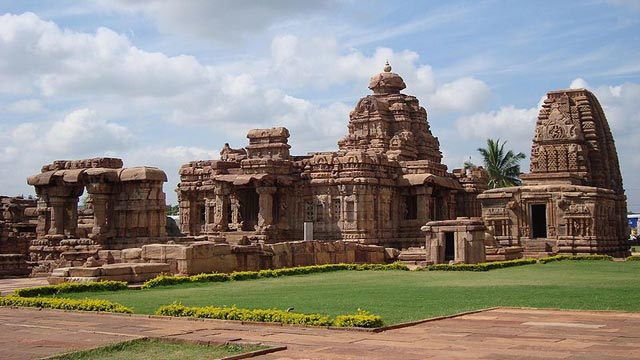
2. Kaziranga Wild Life Sanctuary, Assam
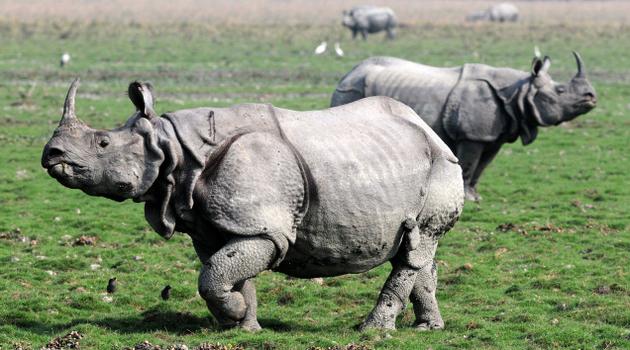
Kaziranga Wild Life Sanctuary, located in the Northeastern state of Assam in the flood plains of the Brahmaputra River’s south bank, was declared a World Heritage Site by UNESCO in 1985 for its unique natural environment. It was first established as a reserved forest in 1908 to protect the dwindling species of Rhinoceros. It underwent several transformations over the years, as The Kaziranga Game Sanctuary in 1916, renamed as Kaziranga Wild Life Sanctuary in 1950, and declared a national park in 1974. The park, which covers an area of 42,996 hectares (106,250 acres), has the distinction of being home to the world's largest population of the Great Indian One-Horned Rhinoceros. There are many other mammals and birds species in the sanctuary.
3. Manas Wild Life Sanctuary, Assam
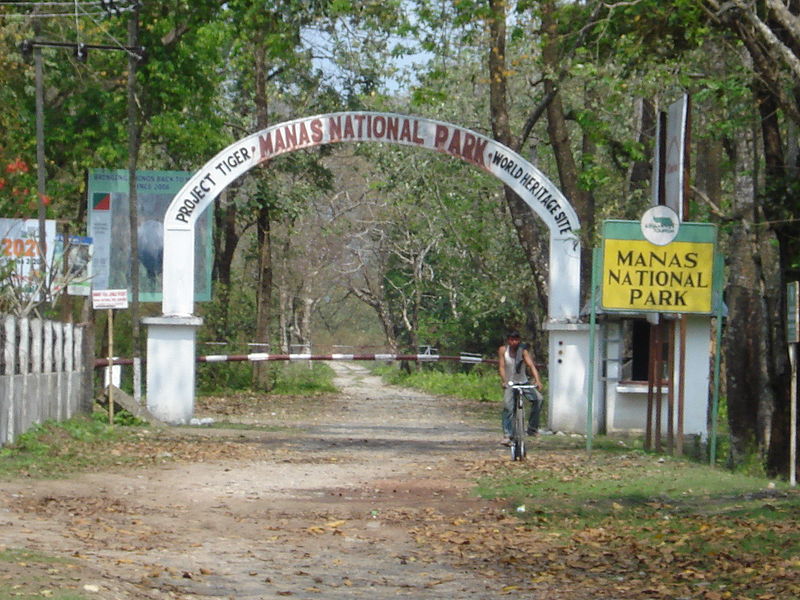
Manas Wildlife Sanctuary, located in the Northeastern state of Assam covers an area of 50,000 hectares (120,000 acres) in the plains of the Manas River’s in the foot hills of the Himalayas on the border with Bhutan (contiguous with the Manas Wild Life Sanctuary in Bhutan It was inscribed as a World Heritage Site by UNESCO in 1985 for its unique natural environment.
4. Mahabodhi Temple Complex at Bodh Gaya, Bihar
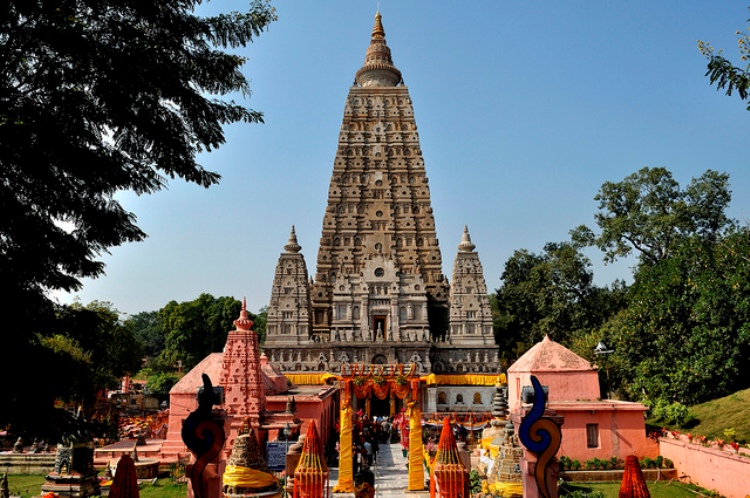
Mahabodhi Temple Complex at Bodh Gaya (Buddha Gaya), spread over an area of 4.86 hectares (12.0 acres) was inscribed in the UNESCO World Heritage List i as a unique property of cultural and archaeological importance.
5. Humayun’s Tomb, Delhi
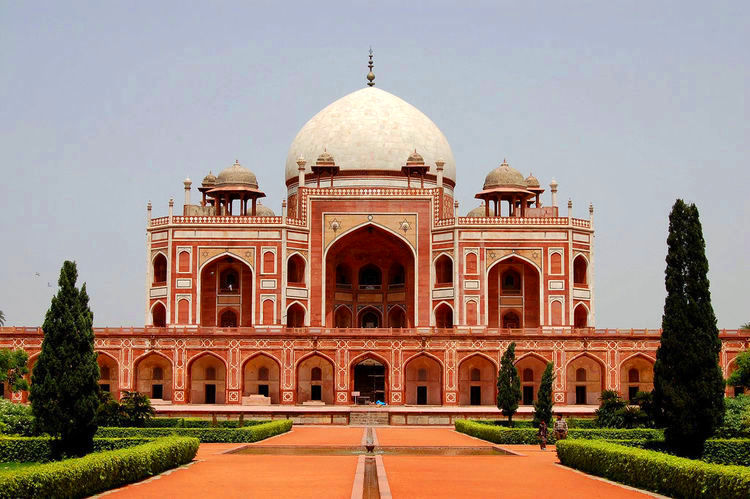
Humayun’s Tomb, Delhi, the first tomb built with several innovations, set at the centre of luxurious gardens with water channels, was the precursor monument to the Taj Mahal (built a century later). It was built in 1570 and was inscribed as a UNESCO World Heritage Monument in 1993 for its cultural importance. It was built in 1569–1570 by the second Mughal Emperor Humayun’s widow Biga Begum (Hajji Begum).
6. Qutb Minar and its Monuments, Delhi
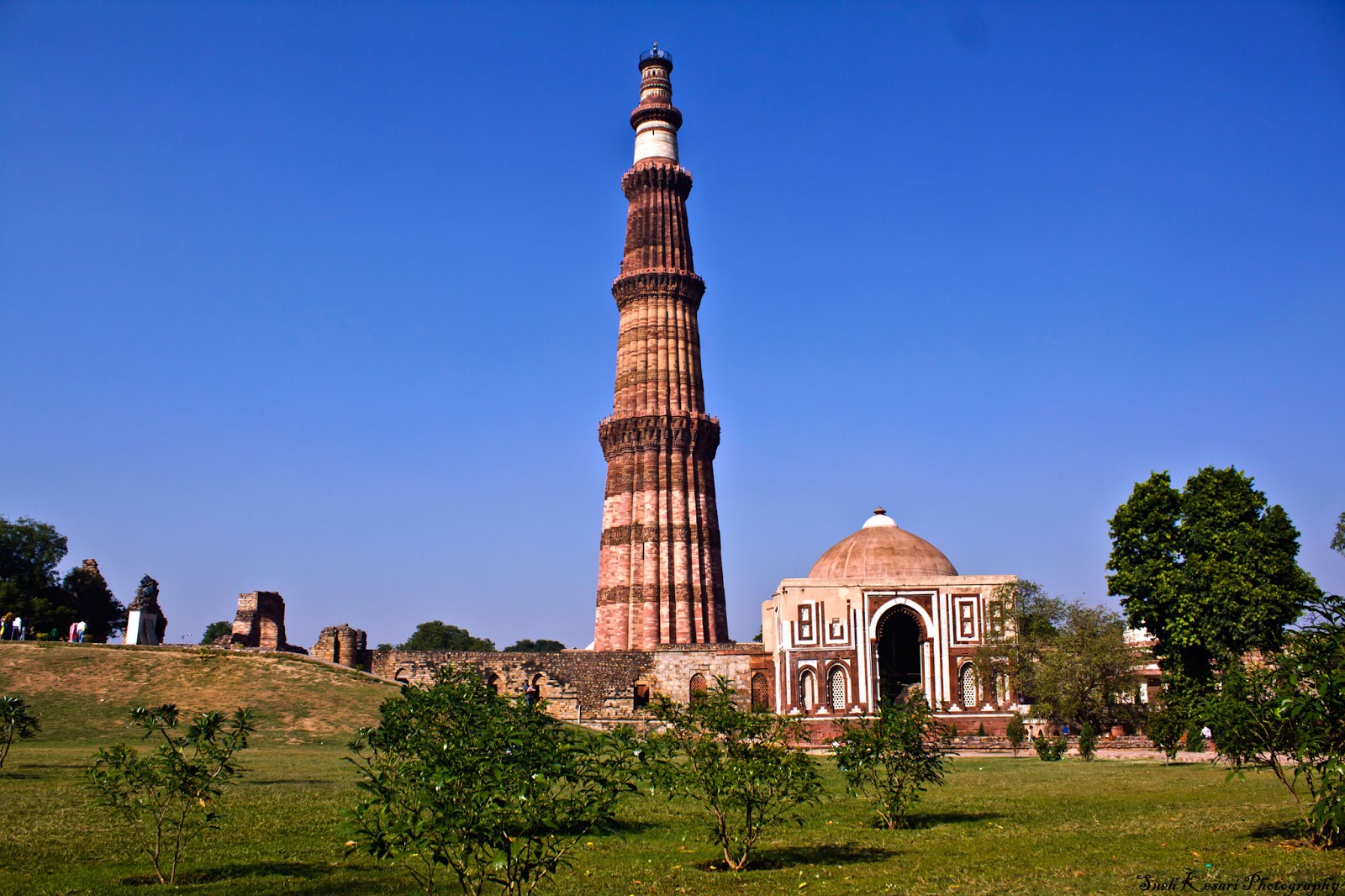
Qutb Minar and its Monuments, Delhi, located to the south of Delhi, is a complex with the Qutb Minar as the centre piece, which is a red sandstone tower of 72.5 metres (238 ft) height with a base of 14.32 metres (47.0 ft) reducing to 2.75 metres (9.0 ft) diameter at the top. Built in the beginning of the 13th century, the complex of structures comprises itineraries, the Alai Darwaza Gate (1311), the Alai Minar (an incomplete mound of the intended Minar or tower), the Qubbat-ul-Islam Mosque (the earliest existing mosque in India), the tomb of Iltumish, and an Iron Pillar.
7. Red Fort
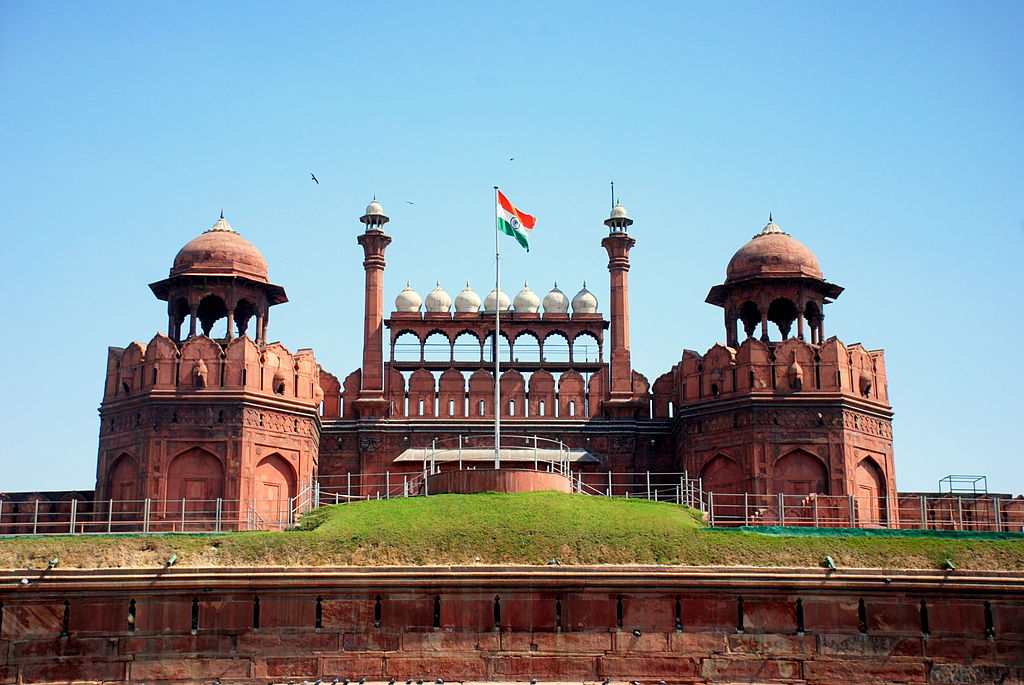
Red Fort Complex, also known as Lal Qila is a palace fort built in the 17th century by Shahjahan (1628–58), the fifth Mughal Emperor as part of his new capital city of Shahjahanabad. located to the north of Delhi. It represents the glory of the Mughal rule and is considered the Highpoint of Mughal architectural, artistic aesthetic creativity.
8. Churches and Convents of Goa
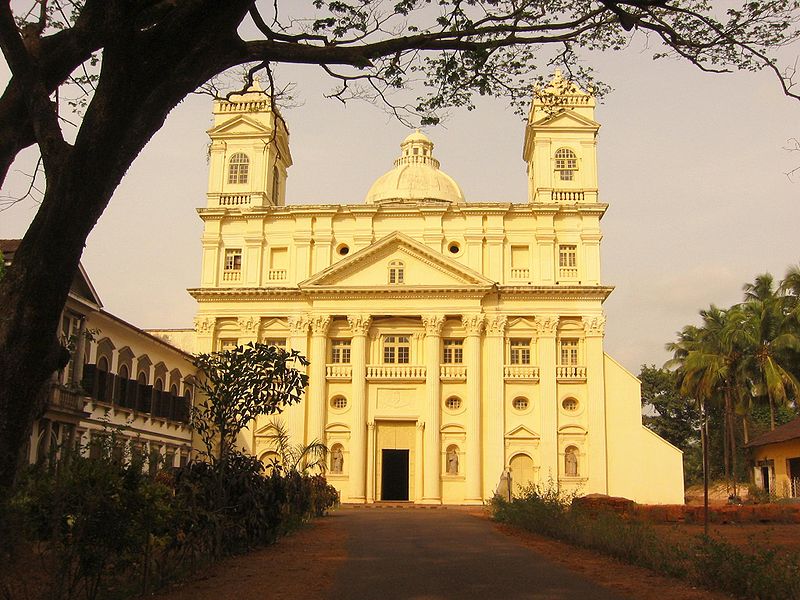
Goa, famous for its golden beaches, is also known for its catholic religious buildings all over India. Despite being the smallest state of India, it has lots of things to offer to its visitors. One of the main glories of Goa is its Churches and Convents. They are spread all around in Old Goa. Like Maharashtra’s Vasai Fort that showcases the Portuguese heritage, the Portuguese style of art and architecture commemorate the past of the Goa. The Old Goa was the capital of the Portuguese Indies from 1565 and abandoned in 1760 because of malaria outbreak.
9. Champaner-Pavagadh Archaeological Park, Gujarat
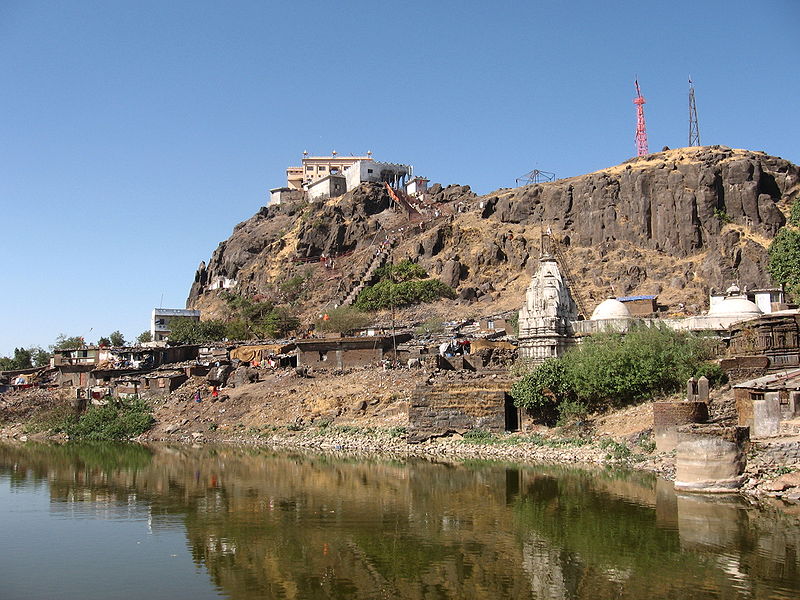
Champaner-Pavagadh Archaeological Park is situated in Panchmahal district in Gujarat, India. It was inscribed as a UNESCO World Heritage Site in 2004 as a cultural site. There is a concentration of largely unexcavated archaeological, historic and living cultural heritage properties cradled in an impressive landscape which includes prehistoric (chalcolithic) sites, a hill fortress of an early Hindu capital, and remains of the 16th-century capital of the state of Gujarat.
10. Group of Monuments at Hampi
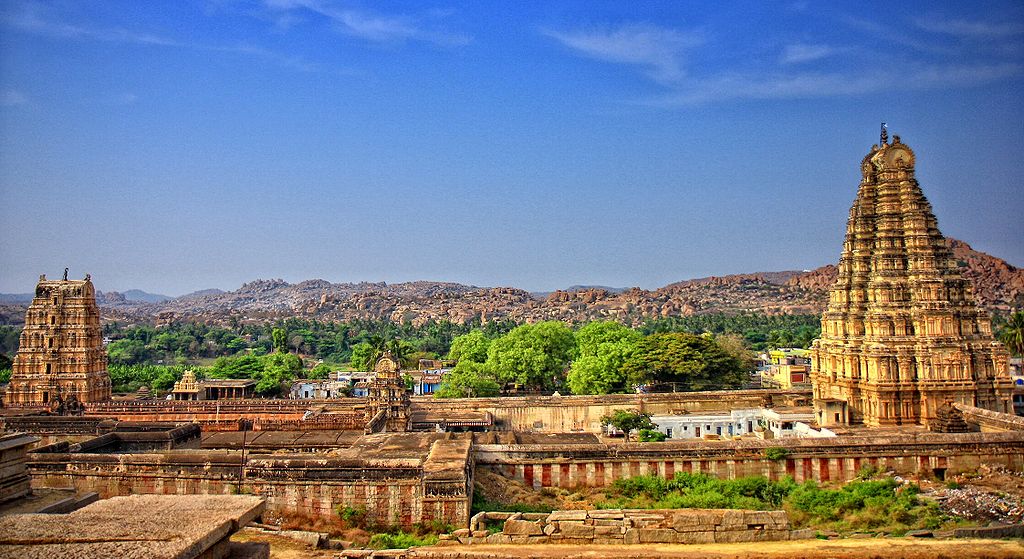
The Group of Monuments at Hampi comprise a sombre but ostentatious Hampi town, on the banks of the river Tungabhadra in Karnataka. Hampi subsumes the ruins of Vijayanagara, which was the former capital of the powerful Vijayanagara Empire. Dravidian temples and palaces abound in Hampi. These won the admiration of travellers between the 14th and 16th centuries.